In the past, bar patrons who wanted to forgo alcoholic beverages were usually presented with some less-than-appealing options: order a Coke, opt for a childish and sickly-sweet grenadine bomb like the Shirley Temple or the Roy Rogers … or sip on a glass of plain old water while watching your friends enjoy artisanal, booze-packed libations.
However, bar proprietors and beverage directors — perhaps prompted by the decline in binge drinking among millennials and Gen Z-ers — now view alcohol-free cocktails (also known as “mocktails”) as prime opportunities for creating flavorful drinks while also appealing to a new client demographic. Bars with top-notch nonalcoholic selections can be found throughout the U.S. these days, including these eight especially unmissable examples.
Getaway
New York City, New York
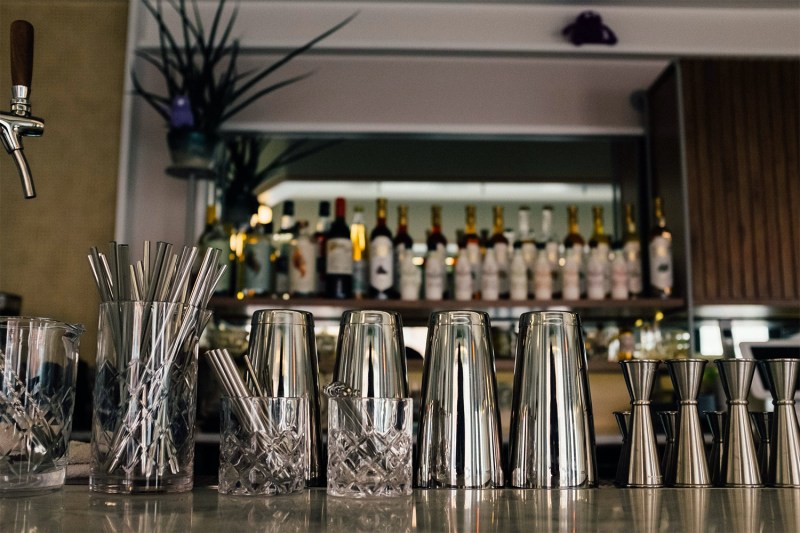
With a trendy locale, a highly Instagrammable decor scheme, and an impressive menu of zero-proof beverages, Getaway offers the full cocktail-bar package, just without any alcohol whatsoever. The bar’s well-balanced and thoroughly conceived creations claim all the complexities of great booze-based cocktails … and, at $13 a piece, they also carry price tags to match those of their alcoholic cousins. Examples include the Coconaut (pineapple, coconut milk, cream of coconut, blood orange seltzer, and nutmeg), the Paper Train (lemon juice, tobacco syrup, vanilla, chinotto orange seltzer), and the A Trip to Ikea (lingonberry, vanilla, lemon, cardamom, and cream).
Vena’s Fizz House
Portland, Maine
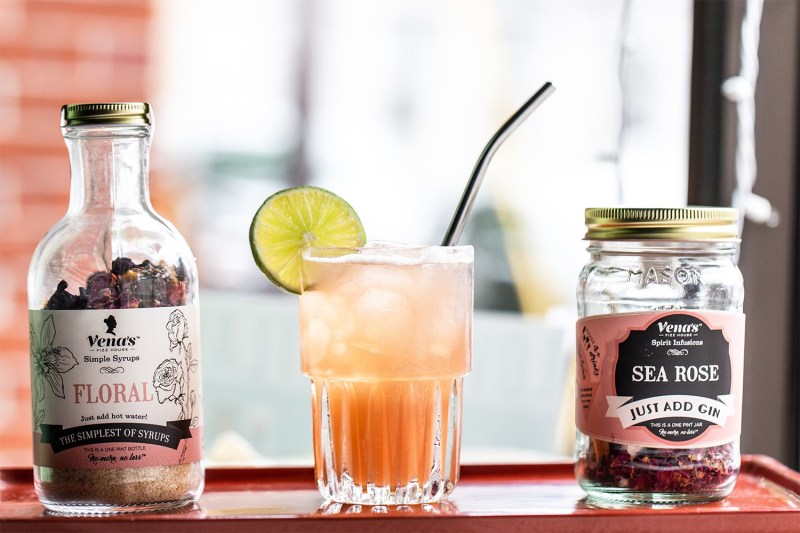
Portland’s reputation as a must-see city for food enthusiasts also feeds the growth of its cocktail scene … and, in the case of Vena’s Fizz House, of its mocktail scene. Vena’s offers patrons full beverage menus in two categories: “With Spirits” and “Without Spirits.” The drinks on the latter list involve the same high-quality ingredients (sans alcohol) and meticulous preparation as those in the former group, providing a truly egalitarian experience with a universal commitment to excellence.
27 Restaurant and Bar
Miami, Florida
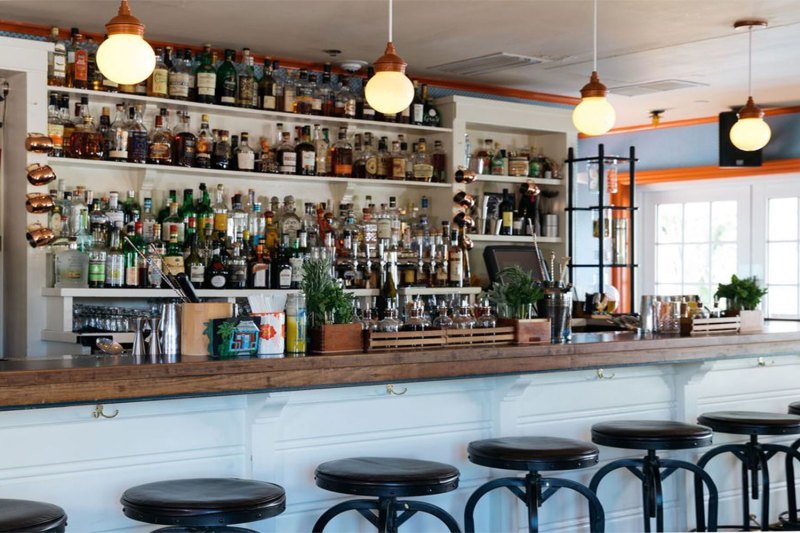
“Bespoke” cocktails, a service model that became hugely popular in the mid-aughts, involves a bartender designing a custom drink for a guest on-the-spot, with only a few preference suggestions from said guest to guide their creativity. As anyone who frequents high-end cocktail lounges can attest, bespoke drinks are alive and well, and at 27 Restaurant and Bar at the Freehand Hotel in Miami, teetotaling visitors can also get in on the action. The “Bartenders’ Choice” option asks guests to specify their liquor of choice (and “no liquor” is a viable option), whether they’d like their drink shaken or stirred, and their preferred flavor profile (“light,” “tropical,” “bitter,” “sour,” “herbal,” etc.). Armed with this info, the bartender will then whip up a drink perfectly suited to your tastes.
Bar Tonique
New Orleans, Lousiana
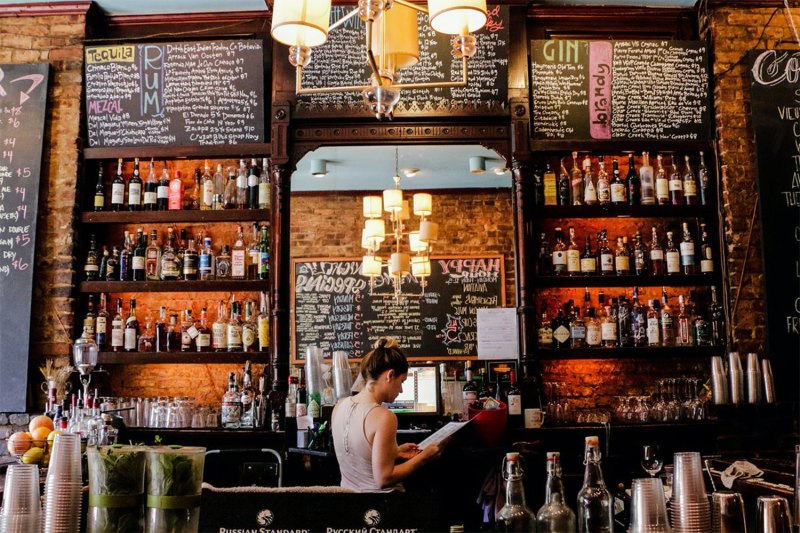
A city like New Orleans, with its liberal open-container policies and its legendary cocktail scene, may seem like a tricky spot to navigate if you don’t drink alcohol. Luckily, craft cocktail temples like Bar Tonique in the French Quarter also invest considerable effort and energy into their mocktails. Bar Tonique’s encyclopedic cocktail menu includes a page devoted to booze-free libations, many of which center around fresh, seasonal fruit. Bar Tonique also offers mocktails to designated drivers free-of-charge, promoting the bar’s support for safe nightlife practices.
Sans Bar
Austin, Texas; Kansas City, Missouri; Los Angeles, California
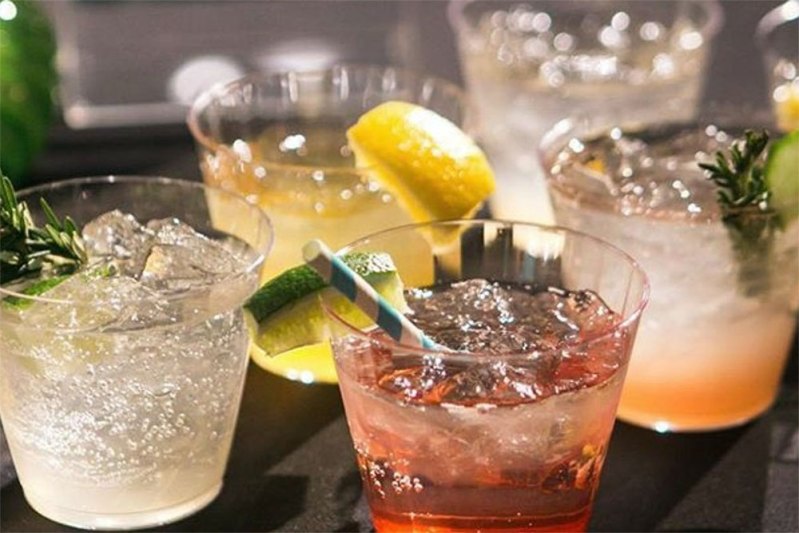
With permanent locations in Austin, Kansas City, and Los Angeles and pop-ups emerging in cities like Anchorage, Portland, and St. Louis, Sans Bar just might be the biggest name in alcohol-free bar concepts right now. And it’s no surprise, since Sans Bar offers a thorough array of drink choices, from non-alcoholic wine to “hops water” (a zero-proof sparkling water made infused with beer hop oil) to inventive mocktails made from fresh juices and “non-alcoholic spirits” from brands like Seedlip.
The Albert
Chicago, Illinois
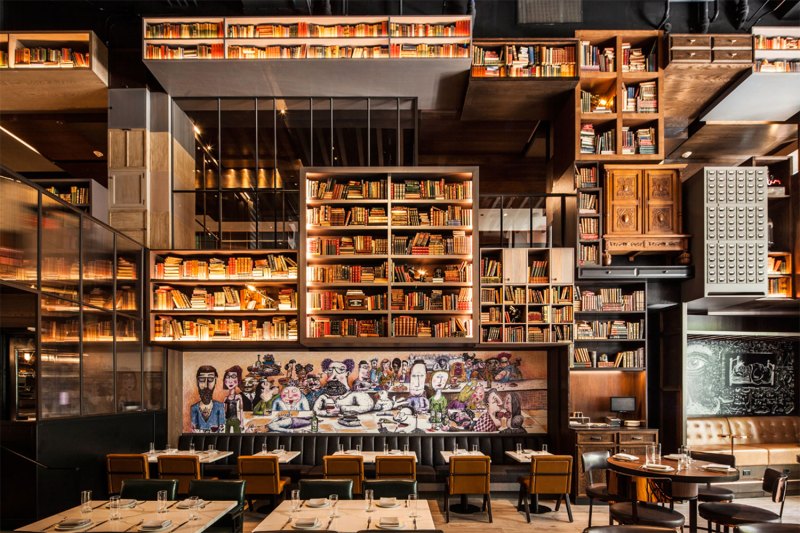
A sleek, classy restaurant with a stunning bar area, The Albert features a section of “Drivers” drinks on its cocktail menu, consisting of beautifully curated alcohol-free beverages that’ll keep you in good shape for your trip home. Options include the Fireside (grapefruit, muddled jalapeno, salt), the Pearl (black tea, orange, lime), and the Lavender Lemonade (lemon juice, lavender syrup, soda water).
Oak at Fourteenth
Boulder, Colorado
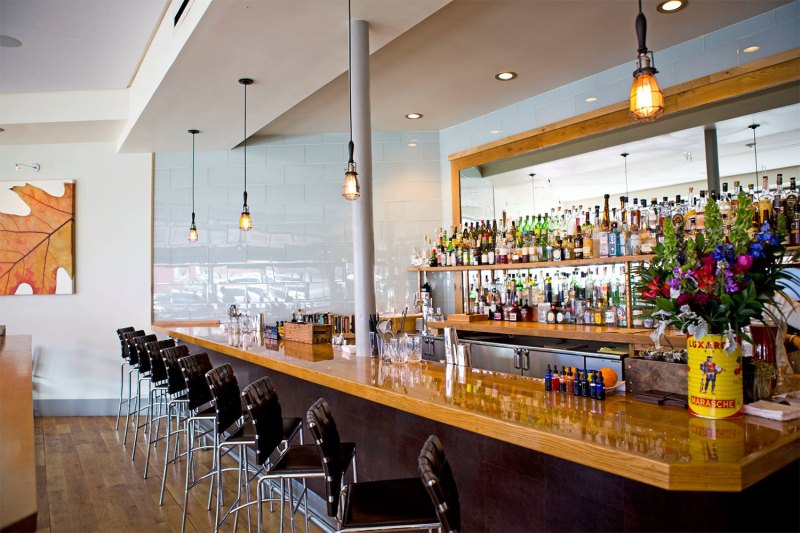
At Oak at Fourteenth, the beverage mavens behind the bar program divide the cocktail list based on the amount of alcohol present in each drink. The High Alcohol section contains beverages made from multiple spirits, like the Roses of Jalisco (tequila, Aperol, Cocchi Torino, Montenegro, rose,
ABV
San Francisco, California

“ABV” stands for “Alcohol By Volume”… but the ABV bar in San Francisco doesn’t discriminate against cocktails with absolutely no ABV to speak of. Rather, mocktails receive equal standing on the ABV cocktail list, with a “0%” section highlighting ingredient-focused drinks like the Tarragon (tarragon syrup, lemon, soda) and the Pineapple (pineapple, basil, lemon, soda).



